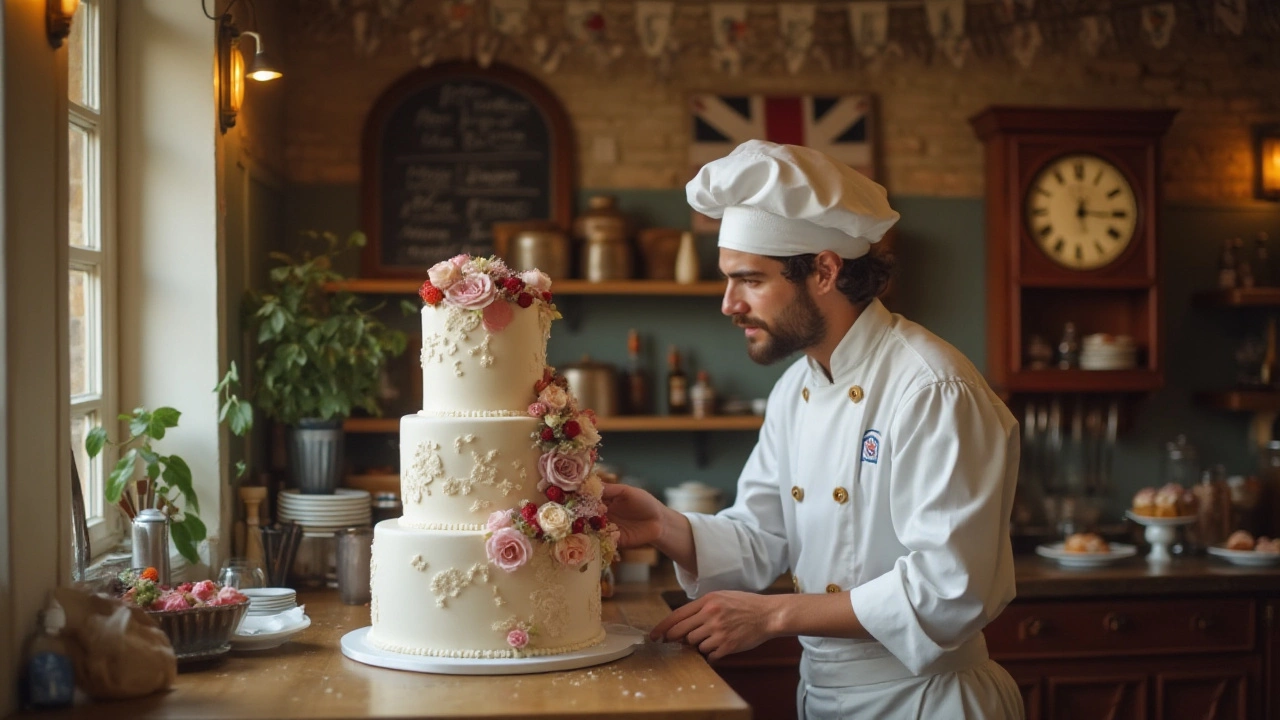Wedding Preparation: Real Tips for Bristol Couples
Planning a wedding can feel like juggling a dozen balls at once – venue, guest list, dress, cake, photos, and the budget that pulls it all together. The good news? You don’t have to wing it. Below are the most useful steps to take right now, whether you’re aiming for a $10,000 celebration or a luxury affair.
First, lock down your date. Picking a month early lets you secure the best venues and vendors before they book up. If you’re flexible, consider the off‑season months that most couples avoid; you’ll often snag lower prices and a more relaxed vibe.
Budget Basics
Start with a simple spreadsheet that breaks costs into categories: venue, catering, attire, photography, flowers, and extras. The 2025 data shows a 100‑person wedding can range widely, so use per‑guest math to keep numbers realistic. For example, if you allocate $100 per guest for food, that’s $10,000 right there. Add a 10‑15% buffer for unexpected fees.
Next, decide who pays what. Tradition varies – some families cover the venue, others split the dress and flowers. Have a candid chat early to avoid awkward money talks later. Our guide on "Who Pays for Wedding Flowers?" breaks down the latest etiquette.
Save where you can. DIY invitations, dollar‑store flower hacks, or a simple color scheme can shave hundreds off the total. The key is to identify which items matter most to you and spend there, while keeping low‑impact details cheap.
Style & Details
Choosing colors and attire doesn’t have to be overwhelming. Look at current wedding color trends – 2024’s top shade is soft sage, but you can pair it with classic ivory for a timeless feel. If you’re unsure about the groom’s suit, the "Most Attractive Suit Colors" article suggests navy or deep charcoal as safe bets.
Don’t forget the little things that make a day memorable. A well‑planned RSVP system (know what the ‘V’ stands for) helps you track attendance and avoid last‑minute surprises. And think about traditions like the garter toss – knowing who catches it adds fun without confusion.
Photography is another area couples often debate. Is 10 hours enough? It usually covers the ceremony, ceremony‑to‑reception transition, and most of the reception. If you want every toast captured, talk to your photographer about extending coverage.
Finally, give yourself a timeline. Aim to finalize the venue and major vendors by the six‑month mark. Use the next two months for dress and suit fittings, then lock in invitations and décor. A clear schedule keeps stress low and gives you room to enjoy the process.
Remember, wedding preparation is a marathon, not a sprint. Keep communication open, stay organized, and lean on the local Bristol resources we feature. With these practical steps, you’ll feel confident walking down the aisle without a worry in sight.
Perfect Timing: How Early Should You Book Your Wedding Cake?
Planning the ideal wedding cake involves both creativity and timing. Knowing how far in advance to order your cake can affect the availability of bakers, the complexity of designs, and the quality of fresh ingredients. This article explores practical steps to ensure your cake is ready on your big day, tips for choosing the right baker, and insights on balancing timing with perfection.
View More